Wingspan 35 m | ||
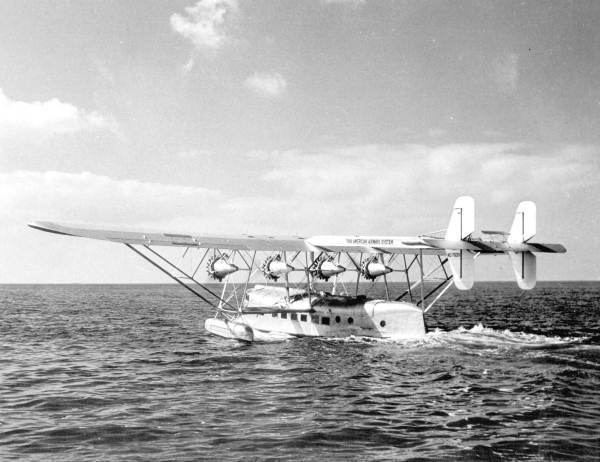 | ||
Sikorsky s 40 flying boat
The Sikorsky S-40 was an American sesquiplane amphibious flying boat built by Sikorsky in the early 1930s for Pan American World Airways.
Contents
- Sikorsky s 40 flying boat
- Demondriver s new rc sikorsky s 40
- Design and development
- Operational history
- General characteristics
- Performance
- References
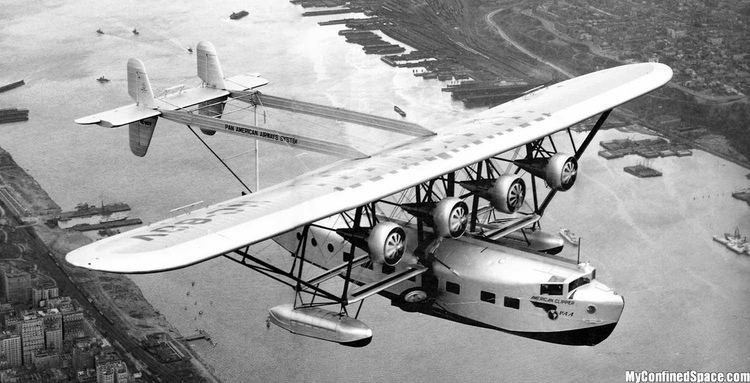
Demondriver s new rc sikorsky s 40
Design and development
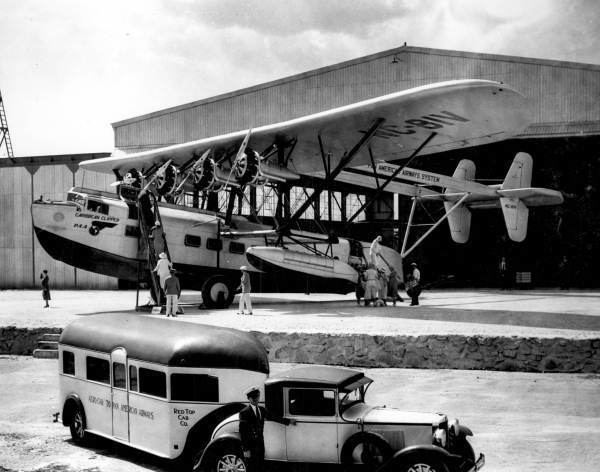
Sikorsky designed the S-40 in response to a request from Juan Trippe, president of Pan American Airways, for a larger passenger carrying airplane. The S-40s could carry 38 passengers, a significant increase over the S-38's capacity of eight passengers. The aircraft featured a pantry with an electric refrigerator and stove as well as beautifully appointed smoking lounge with book-ended mahogany wood paneling. Six life rafts were carried on board. Despite its significant capacity increase, the S-40s were not the most aerodynamic aircraft due in large part to the numerous flying wires and strut braces that were used as an exterior support framework, hence the nickname "Flying Forest". Only three were built as Sikorsky was designing (during the maiden flight of the S-40) and building the more modern S-42 as a replacement aircraft.
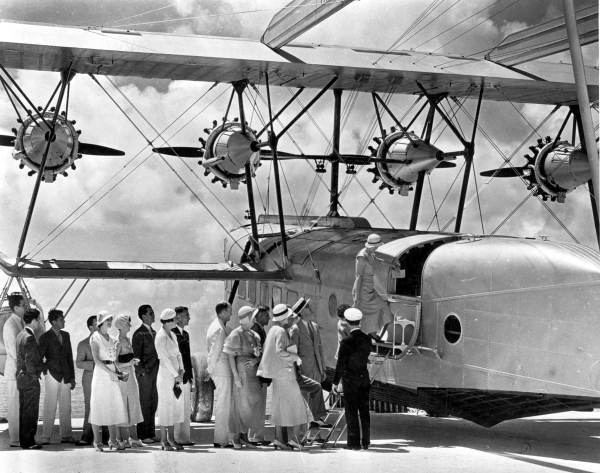
A total of three aircraft were built by the Vought-Sikorsky Aircraft Division of the United Aircraft Corporation in Stratford, Connecticut. The three aircraft in the S-40 series were:
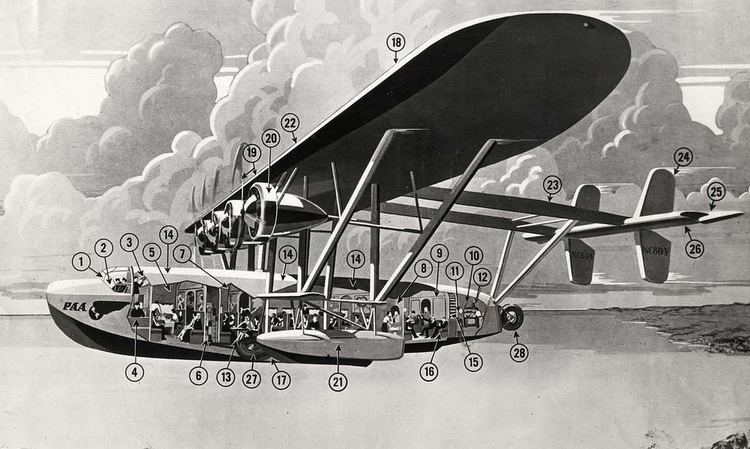
In 1935 a new version, the Sikorsky S-40A, was created by upgrading the original three aircraft. Their 575 hp (429 kW) Pratt & Whitney R-1860 Hornet B engines were replaced by smaller, heavily supercharged 660 hp (490 kW) R-1690 Hornet T2D1 engines, the landing gear was eliminated, and the maximum weight was slightly increased.
Operational history
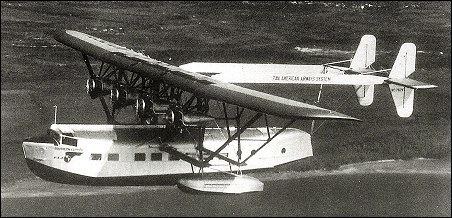
Passenger carrying service was initiated on the November 19, 1931, with a S-40 piloted by Charles Lindbergh, flying from Miami, Florida to the Panama Canal Zone with stops at Cienfuegos, Cuba; Kingston, Jamaica and Barranquilla, Colombia.
The S-40 was Pan American's first large flying boat. The American Clipper served as the flagship of Pan Am's clipper fleet and this aircraft model was the first to earn the popular designation of "Clipper" or "Pan Am Clipper". The three S-40s served without incident during their civilian lives, flying a total of over 10 million miles. They were turned over to the US Navy during World War II and were used as trainers for four-engined flight instruction. All three of the S-40s were eventually retired and scrapped starting in 1943.
